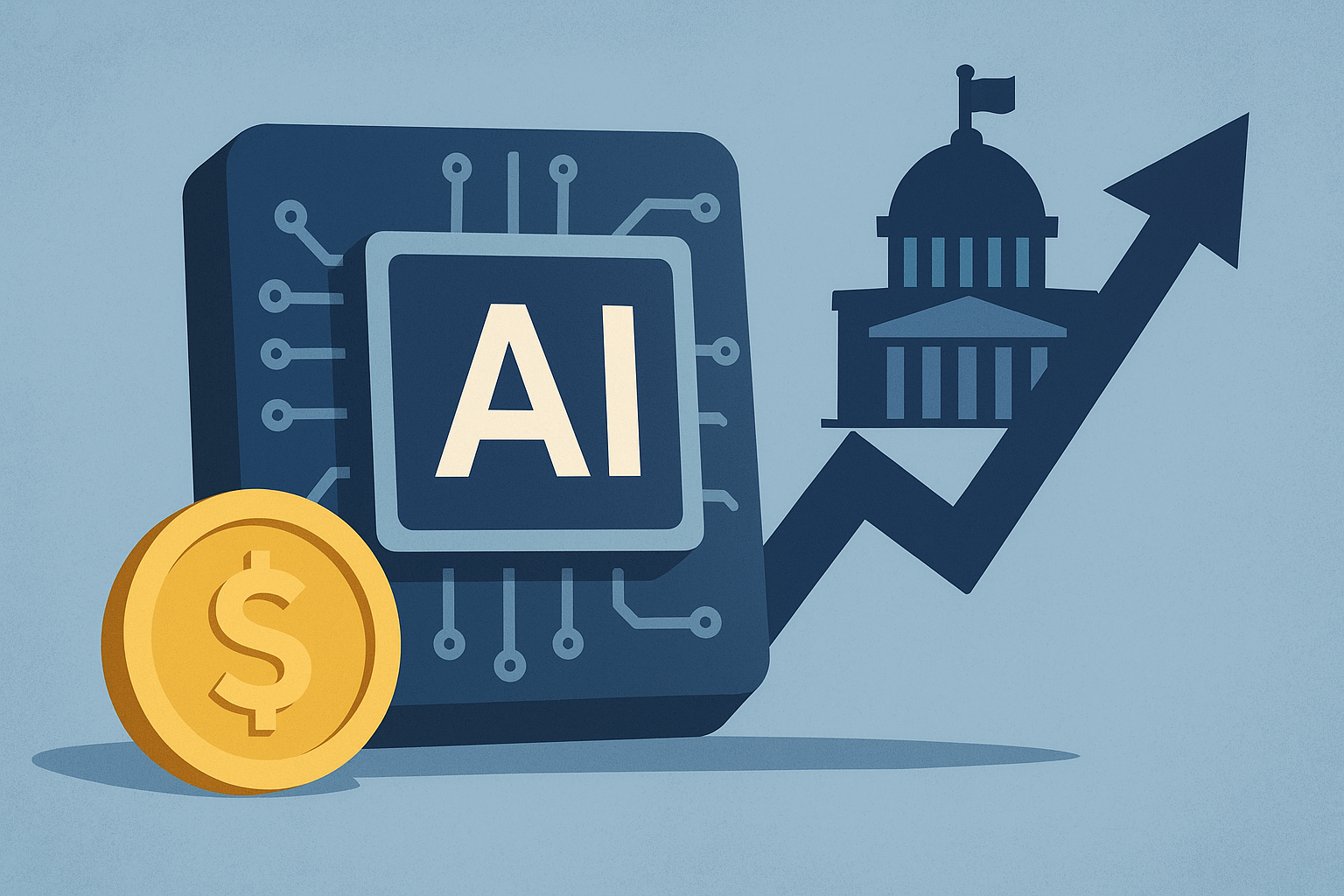As artificial intelligence continues to dominate both market narratives and investment portfolios, regulators across the U.S., Europe, and Asia are ramping up scrutiny over the technology’s rapid growth and inflated valuations. What began as a race for innovation supremacy has now become a balancing act between unchecked optimism and systemic financial risk — a shift that could reshape investor sentiment toward the world’s most-hyped sector.
Rising Concern Over “AI Bubble” Dynamics
The meteoric rise of AI valuations has caught the attention of global financial watchdogs. The U.S. Securities and Exchange Commission (SEC), European Central Bank (ECB), and several Asian regulatory bodies have each expressed concern about inflated AI valuations and the systemic exposure of funds heavily concentrated in the sector.
According to Reuters and Financial Times reports, multiple regulatory panels are now assessing whether AI-related investments could pose contagion risks to broader markets, particularly through highly leveraged ETFs or structured products linked to AI indexes.
Meanwhile, Yahoo Finance highlighted that institutional capital continues to flow into AI infrastructure — including chipmakers, cloud platforms, and data center operators — pushing sector-wide price-to-earnings ratios to multi-year highs. Benchmark AI ETFs such as the Global X AI & Tech Leaders ETF have surged over 180% in the past 18 months, while top-tier AI platform stocks trade at forward multiples exceeding 60x earnings.
“AI stocks have become the new mega-cap momentum trade,” said a London-based equity strategist quoted by Reuters. “But when valuation expansion outpaces real revenue generation, regulators naturally step in — not to kill the rally, but to ensure it’s not fueled by speculative leverage.”
Why This Matters for Investors
For investors, this regulatory turn is more than a headline — it’s a signal. AI has moved from a disruptive innovation story to a potential systemic risk factor in global markets.
The regulatory focus is twofold:
- Market Integrity – ensuring that disclosures around AI capabilities and risks are not overstated, especially by publicly listed firms whose valuations depend heavily on future AI monetization.
- Financial Stability – monitoring whether institutional portfolios are becoming overexposed to AI-linked equities and derivatives, which could amplify downside shocks if sentiment turns.
Recent comments from Bank of England Governor Andrew Bailey underscored these fears, warning that “AI is becoming the new locus of systemic exposure” — particularly as more funds adopt quantitative strategies reliant on AI-driven momentum models.
This echoes the late 1990s tech bubble, but with a modern twist: AI isn’t just powering valuations — it’s shaping the algorithms trading them.
Future Trends to Watch
Several key developments are likely to shape the next phase of AI investment dynamics:
- Regulatory Frameworks: The EU AI Act, which takes effect in 2026, will set global compliance standards, forcing companies to be transparent about algorithmic data use, bias mitigation, and risk disclosures. This could compress valuations for firms overly reliant on opaque or unverified AI models.
- Earnings Reality Check: As Q4 earnings season approaches, investors will be watching whether AI-driven revenue projections materialize. If growth guidance softens, the correction could be swift.
- Sector Rotation: With capital flooding into AI infrastructure and chip suppliers like Nvidia ($NVDA), TSMC ($TSM), and Broadcom ($AVGO), a rotation toward application-layer AI companies or diversified tech portfolios may follow once valuations normalize.
- Geopolitical Oversight: The U.S. Department of Commerce and China’s Ministry of Industry and Information Technology (MIIT) have both hinted at stricter export and data security controls — a move that could disrupt AI supply chains and cross-border R&D partnerships.
Key Investment Insight
Investors should approach the AI sector with a balanced perspective — recognizing its transformative potential while accounting for valuation and regulatory risks.
- Stress-Test Portfolios: Assess sensitivity to potential 20–30% valuation corrections in AI-heavy holdings.
- Diversify Exposure: Consider AI infrastructure, cybersecurity, and data analytics firms with tangible earnings and moderate leverage.
- Watch Regulatory Timelines: The implementation of the EU AI Act and forthcoming U.S. AI disclosure guidelines could create short-term volatility but long-term clarity.
While regulatory tightening may trigger short-term pullbacks, it also helps weed out speculative excess, creating room for fundamentally stronger AI leaders to emerge.
As global markets navigate this next phase of the AI cycle, investors face both risk and opportunity. The challenge lies in distinguishing genuine innovation from speculative momentum — and ensuring portfolios are positioned for sustainability, not just hype.
Stay ahead of every market-moving development with MoneyNews.Today, your trusted source for actionable insights on AI, technology, and global markets.





